So, I have not had many cell phones actually. I want the phones to last forever. My parents had a Telus phone that they rented from Telus for over 30 years, the same phone. They mistakenly believed that they had to rent the phone so the repair work would be covered, should it be necessary. The phone never needed anything. It was an old dial phone. When I tried to stop the rental, I was informed, even though they had paid a hundred times more than the phone's value in rent over the years, that I had to return the phone. Telus would instantly discard it, but I had to return it. If the technology had not changed, that phone might still be in use today. I want my cell phone to be that way.
I bought a Samsung when I moved here. Today I tried to get a battery for it, but they no longer make batteries for that model. It is too old. I dropped my new phone in the sink accidentally when I was swatting flies. This time of year on the farm is terrible and this is the worst year I can recall for those varmints. I hate them. So I swatted the phone into the sink and there was, of course water in it. That particular Samsung is built so that it can not be taken apart. Then I could not blow dry it with a hairdryer like I did with the last one that fell into the water in the dead of winter. Then I put the phone in a bag of rice and it worked again the next day.
My internet comes via tethering the phone to the computer and has for quite some time. Today the only provider I can get consented to hook my internet up. In the meantime, I got a cheap phone, an LG, for one hundred and fifty dollars, plus an activation fee and my sim card was transferred. But the LG does not sent photos to the imac computer and I spent several days with my last phone to resolve that issue. I will have to call LG support and see if it can be fixed or not.
Wouldn't it be great if we did not have cell phones? I use my phone for phoning and receiving calls and taking pictures - that is it. If I was not running a farm and bed and breakfast, I would not even have a cell phone most likely, though it did come in handy when I was trapped in the skid steer. But, like the old days, I am an oldy and although I do not dislike technology, I do not need to spend close to a thousand dollars every year on updating to a new phone. This LG is good. I bought a case and screen protector. The case is not waterproof. Why? The salesperson explained that the LG is only expected to last 6 months before the owner upgrades it. Hmmm. What do you prefer? A long lasting phone or keeping up with technology ?


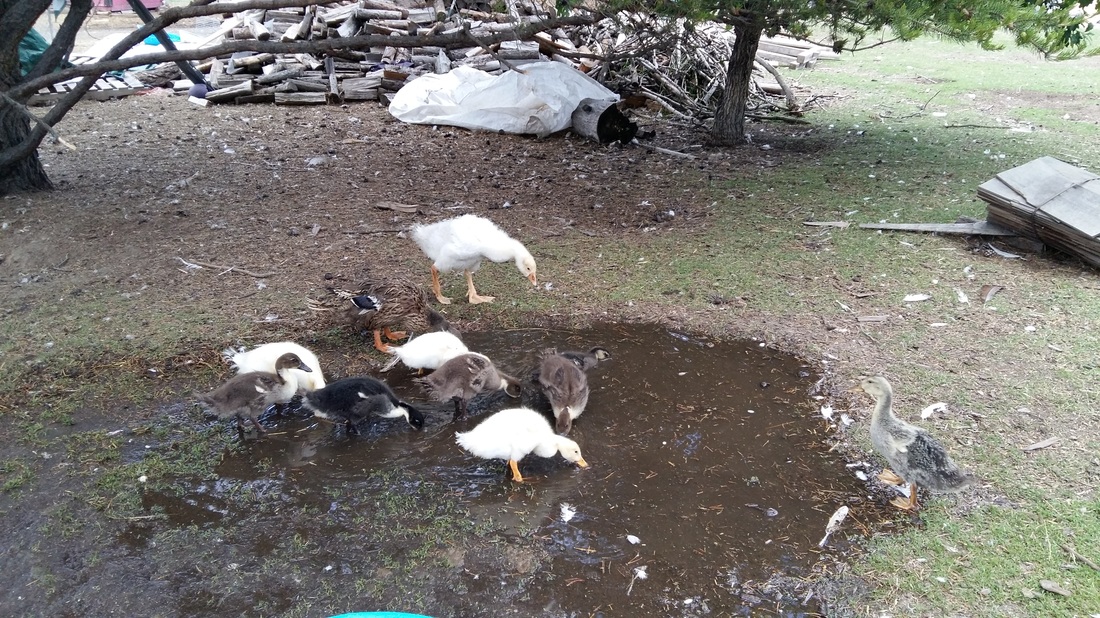
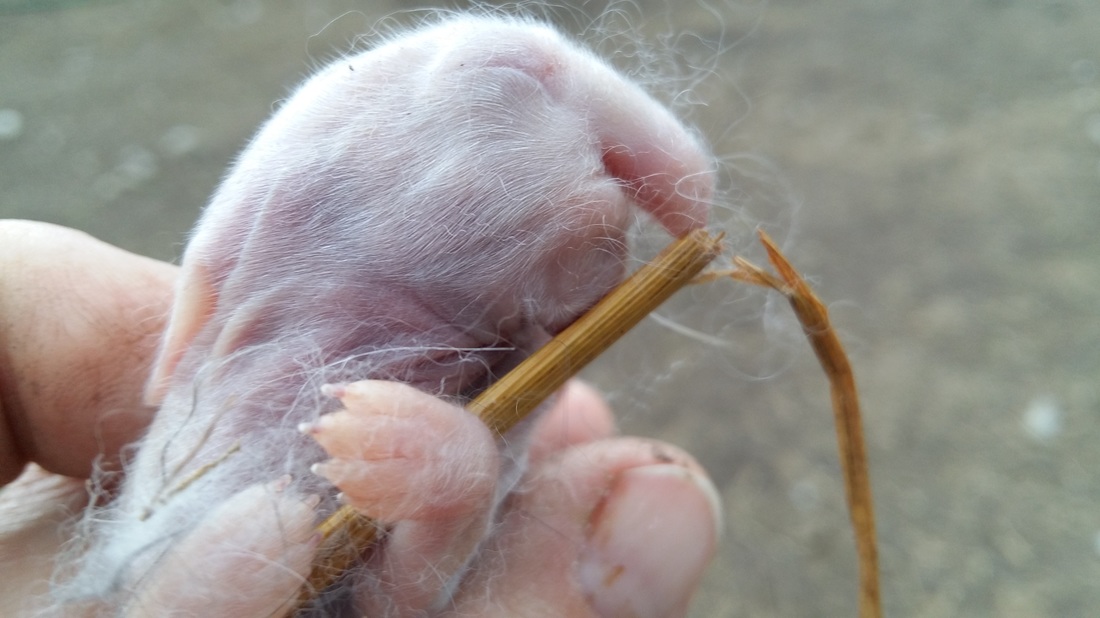
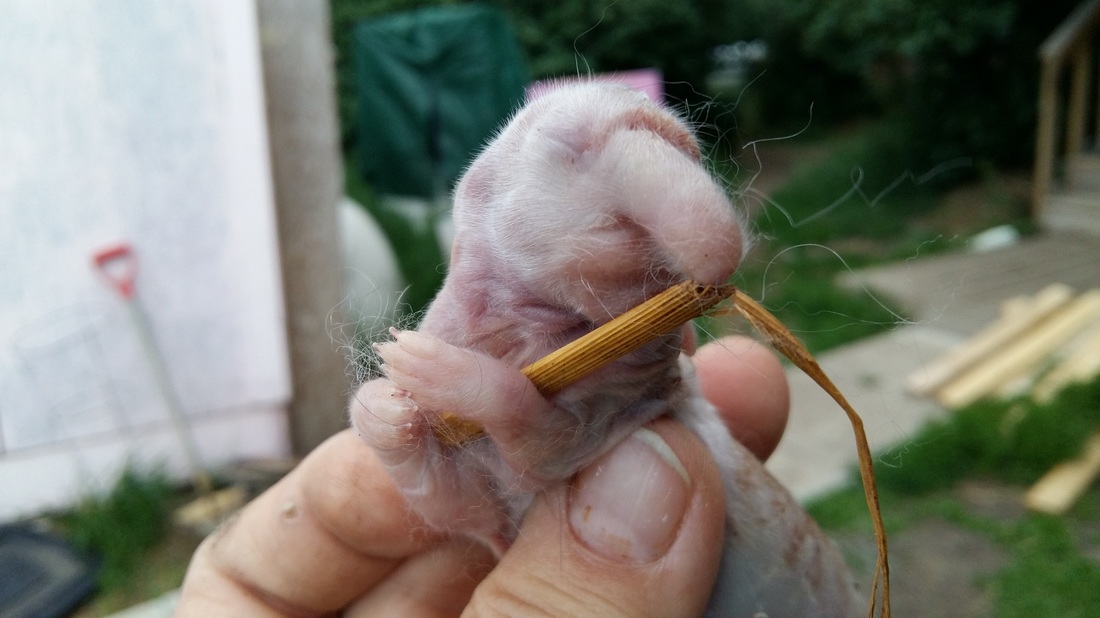
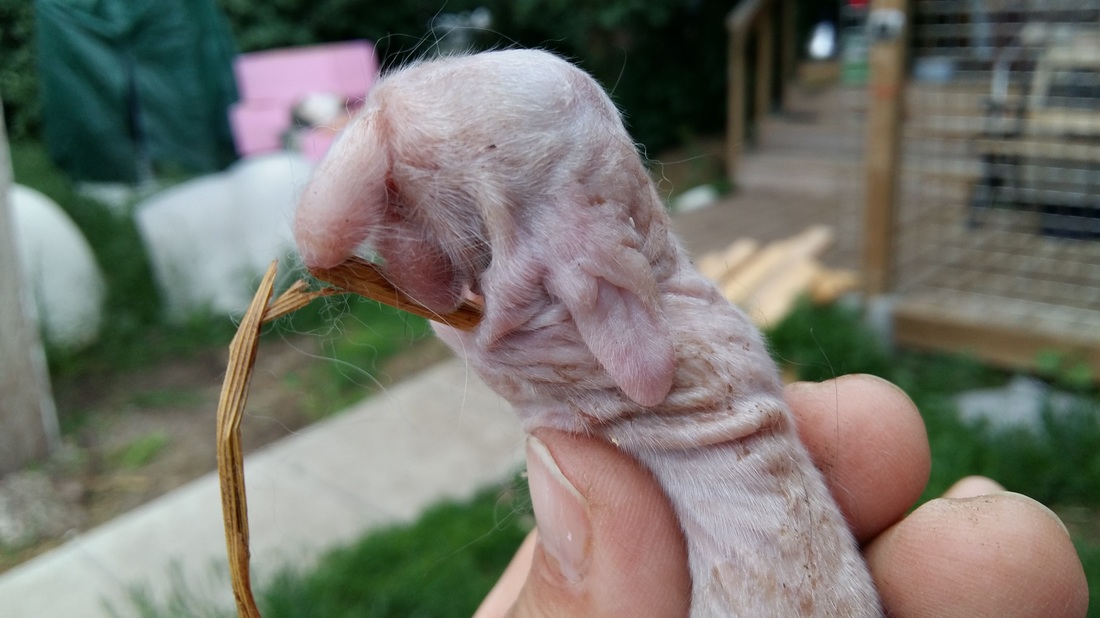
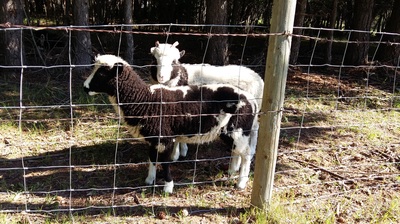
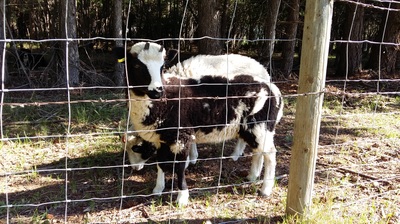
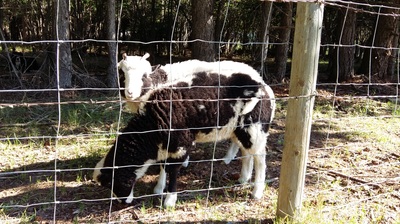
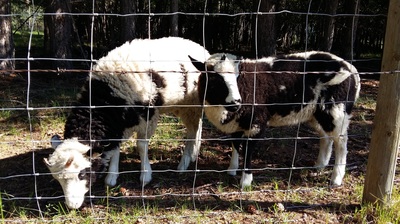
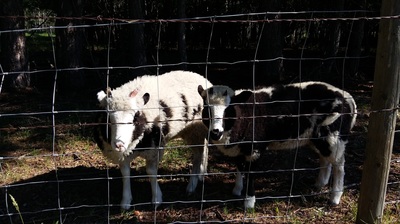
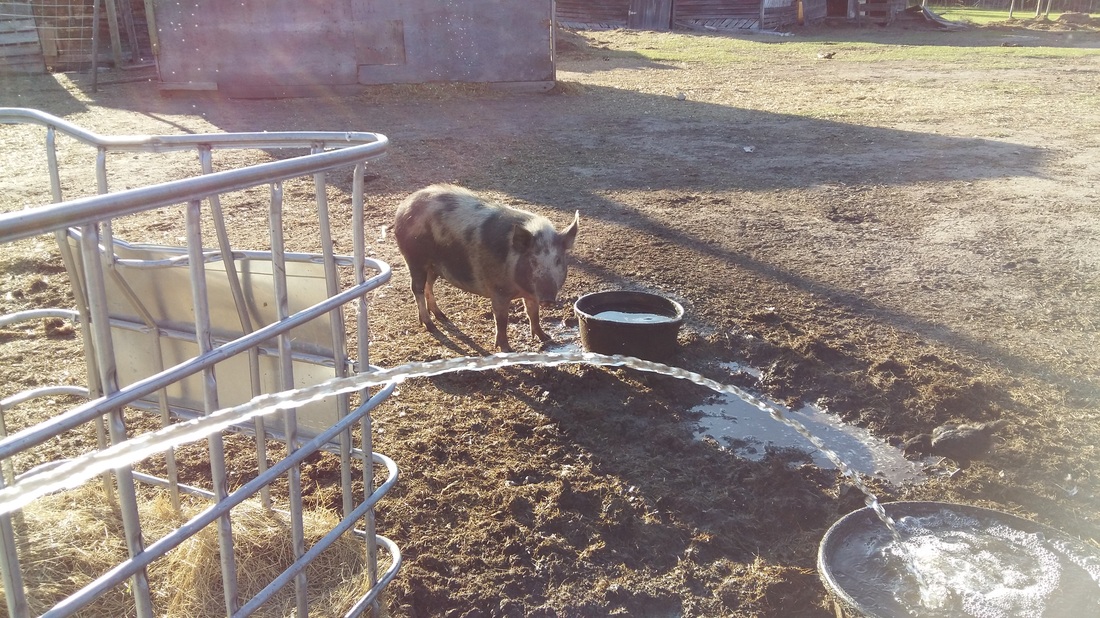
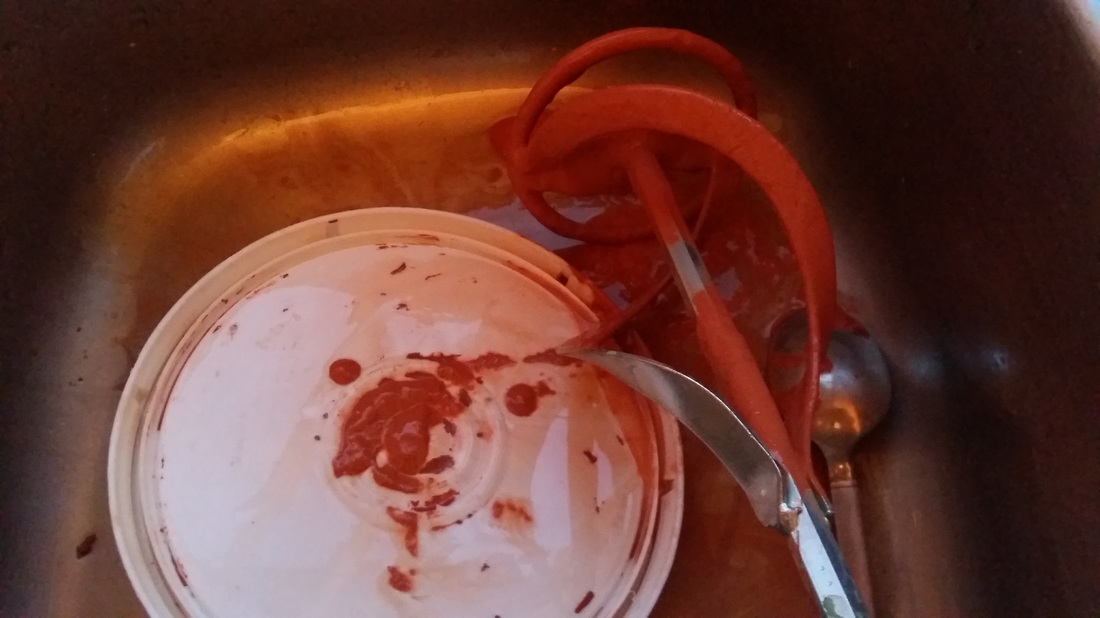
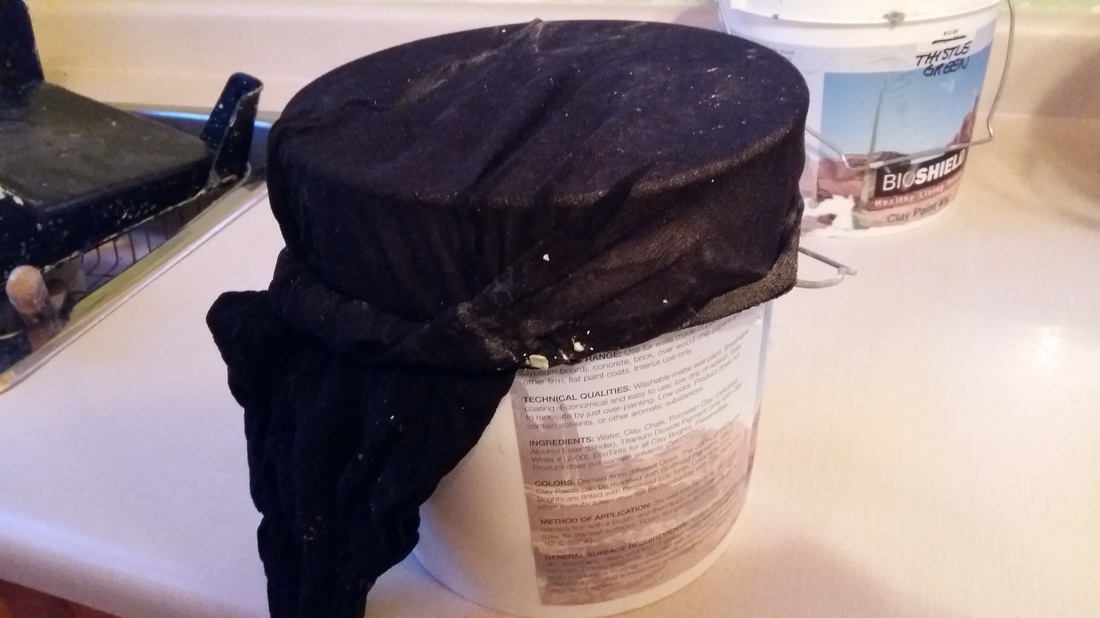
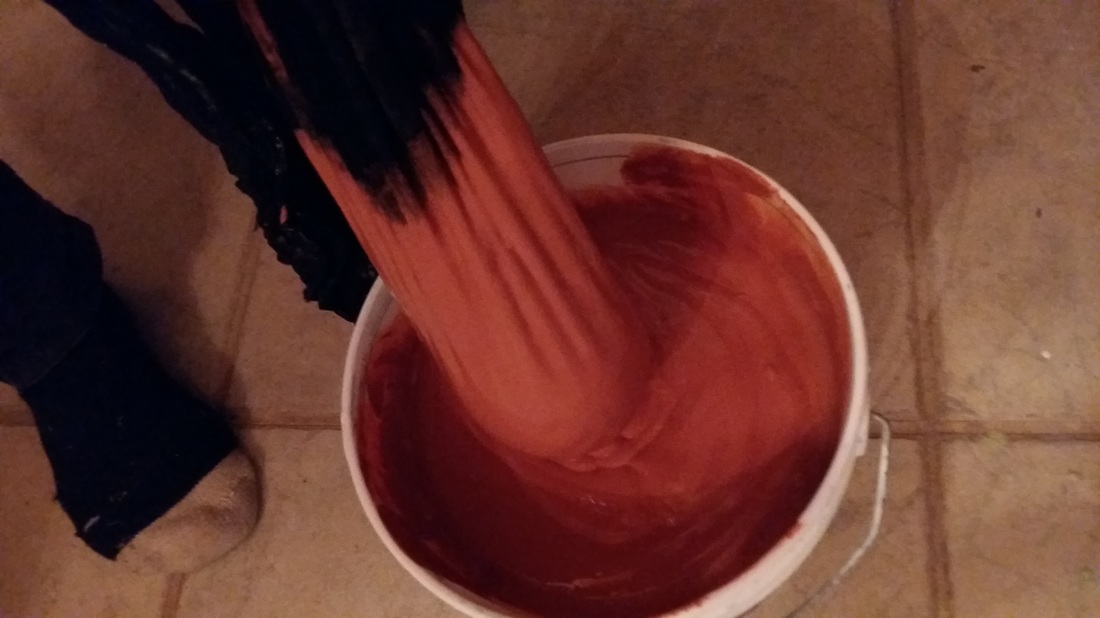
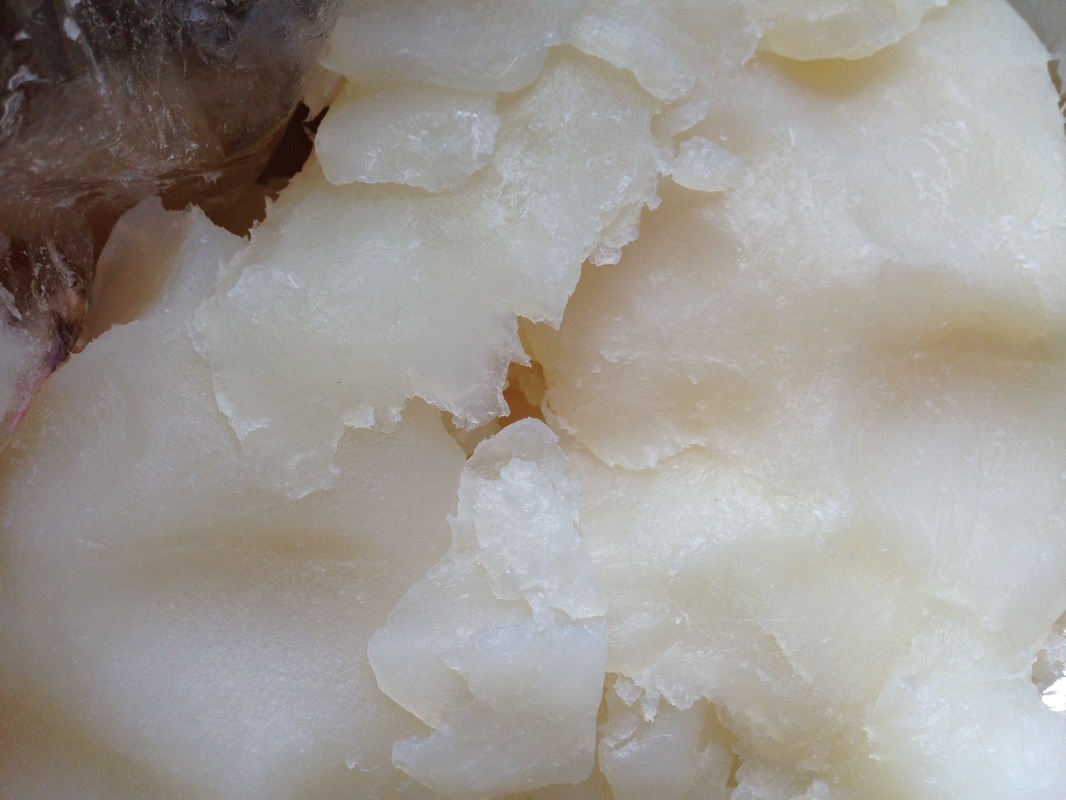
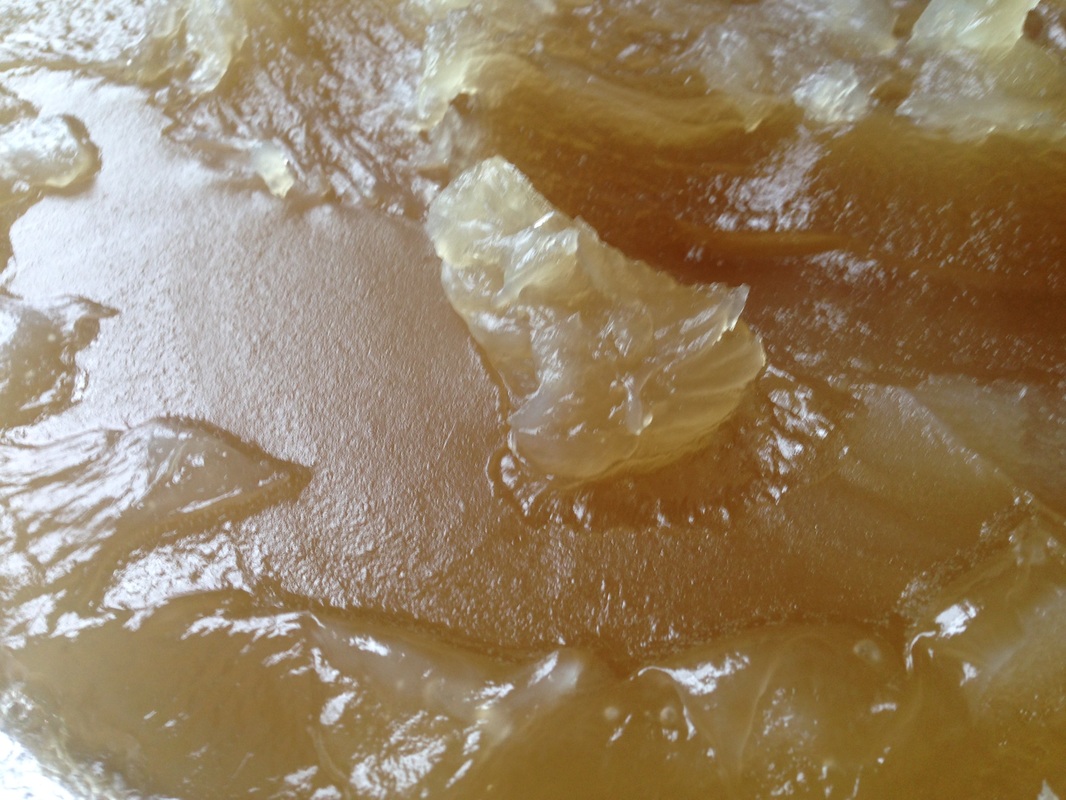
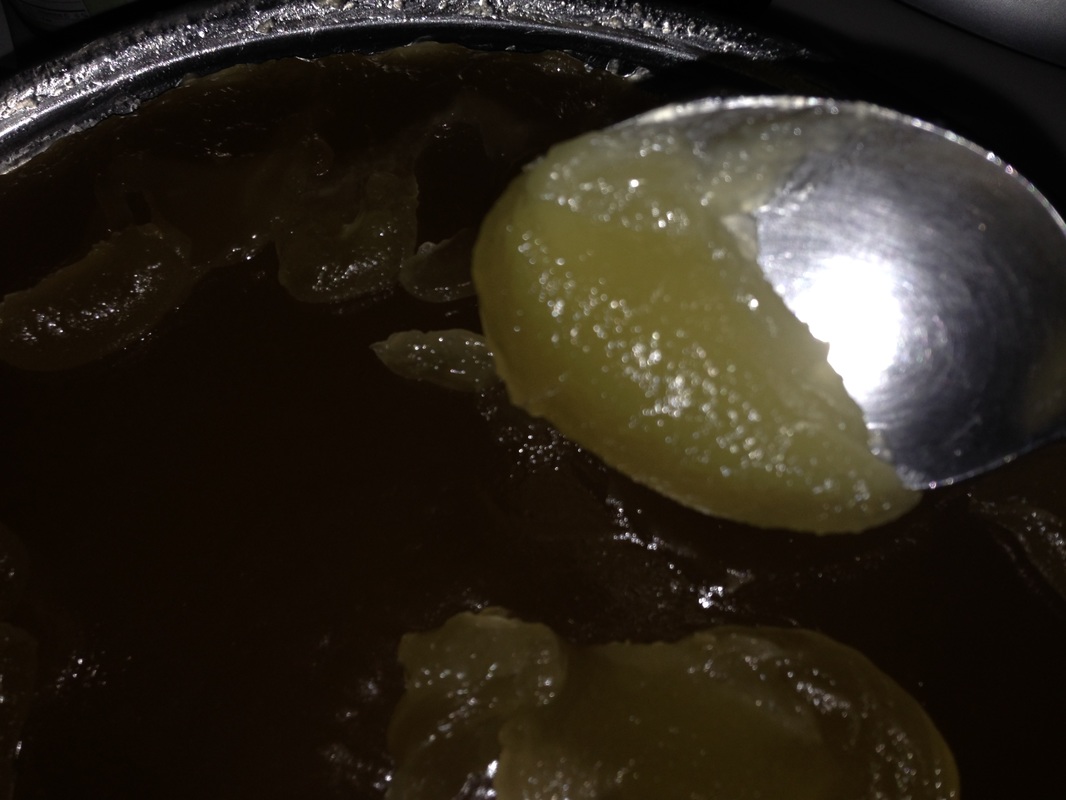
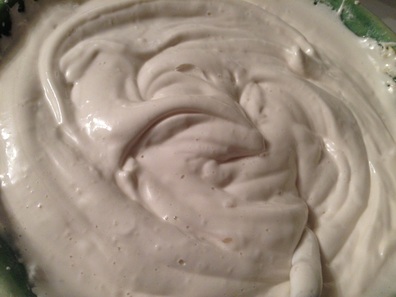

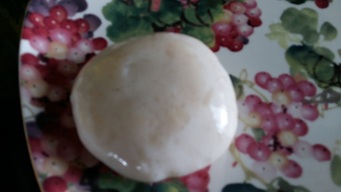

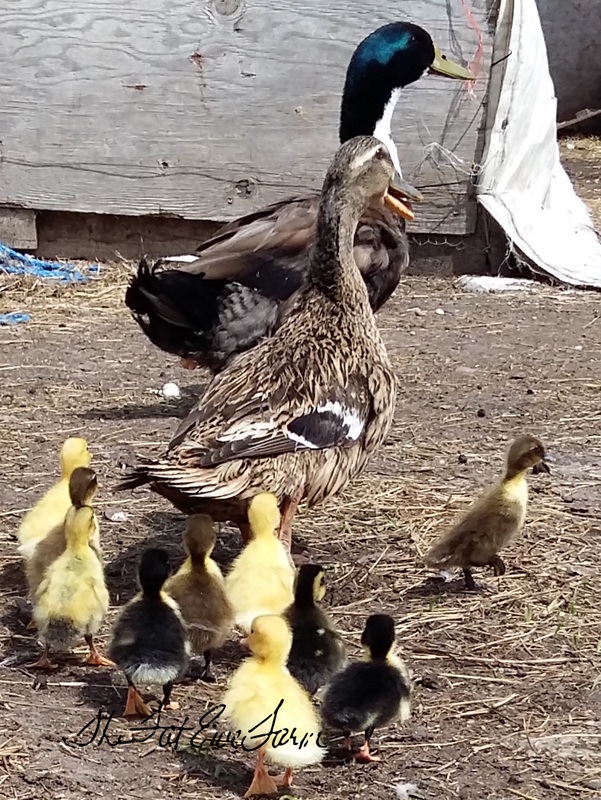
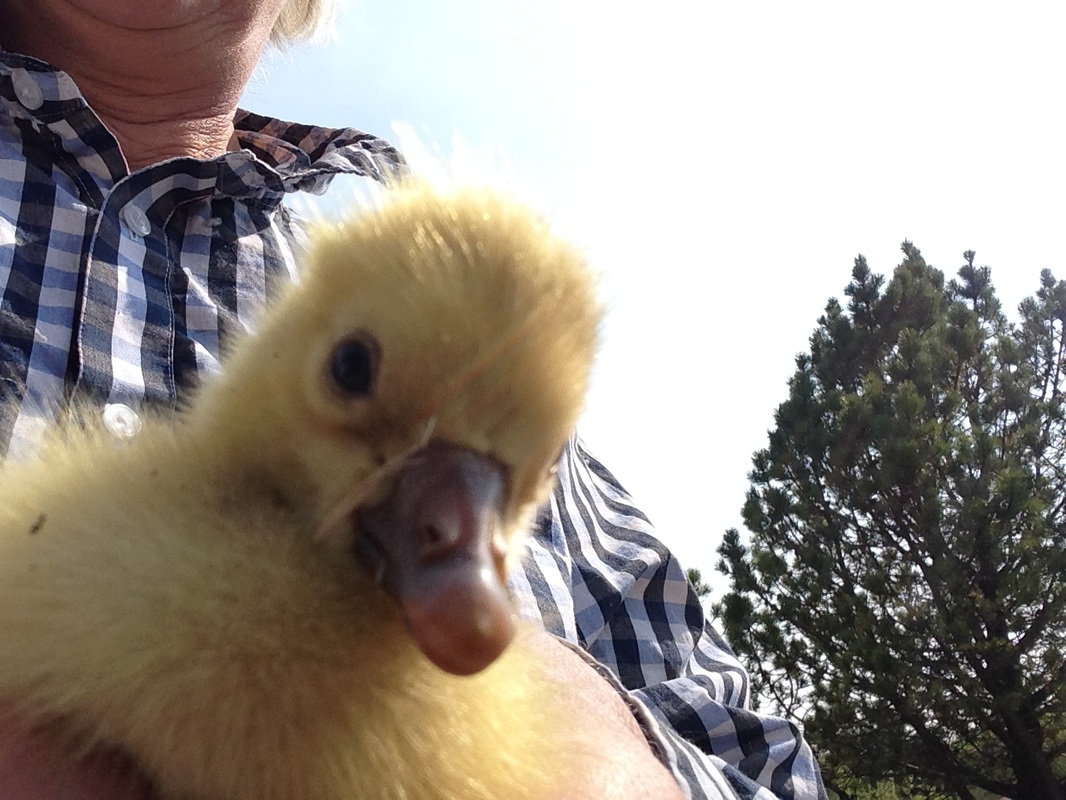
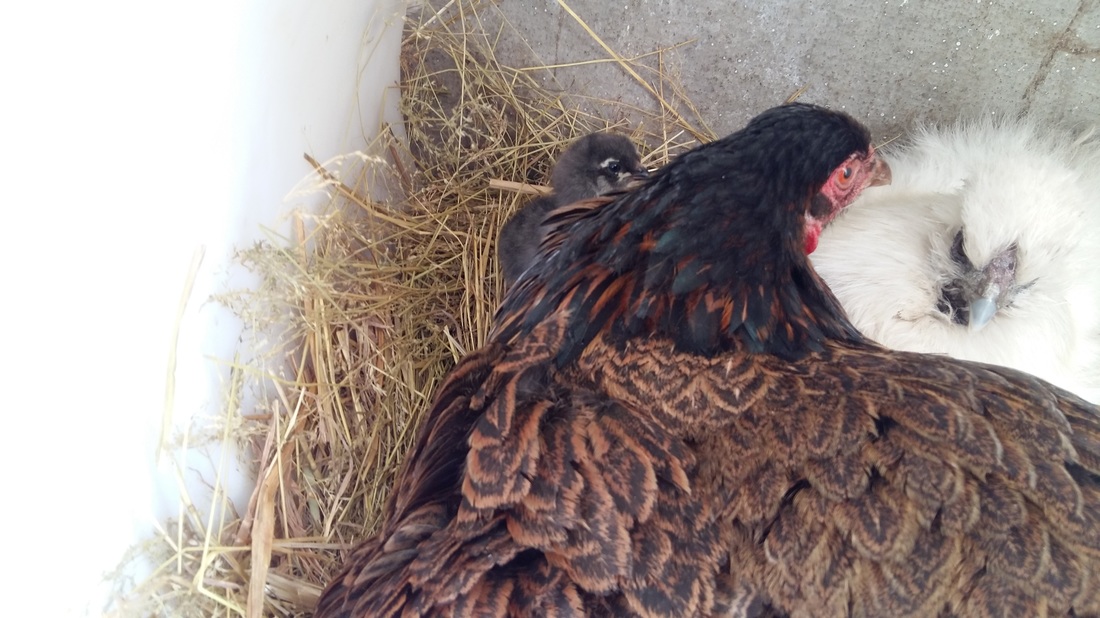
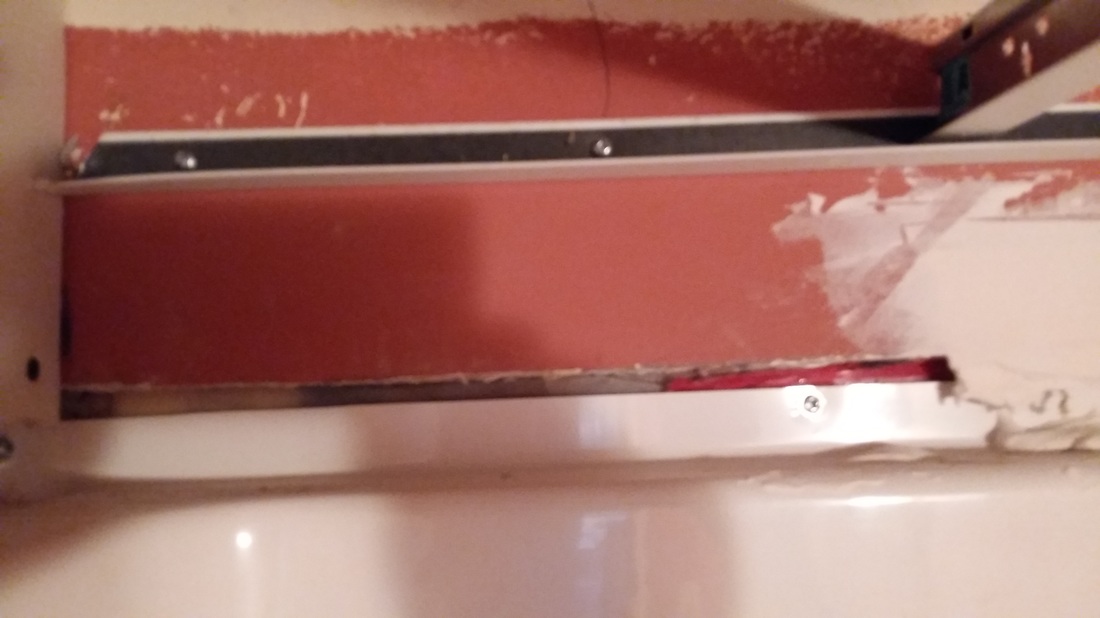
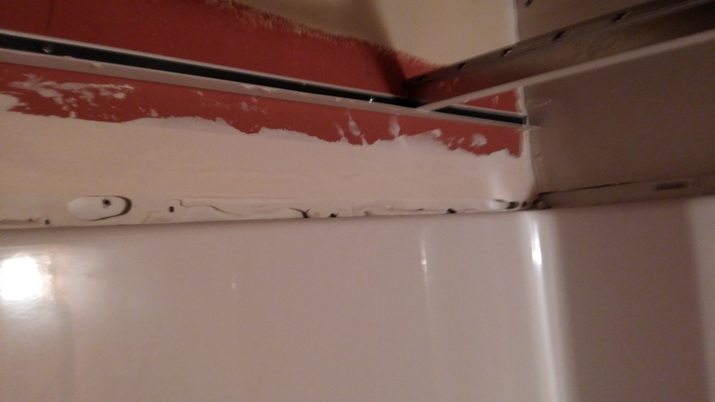
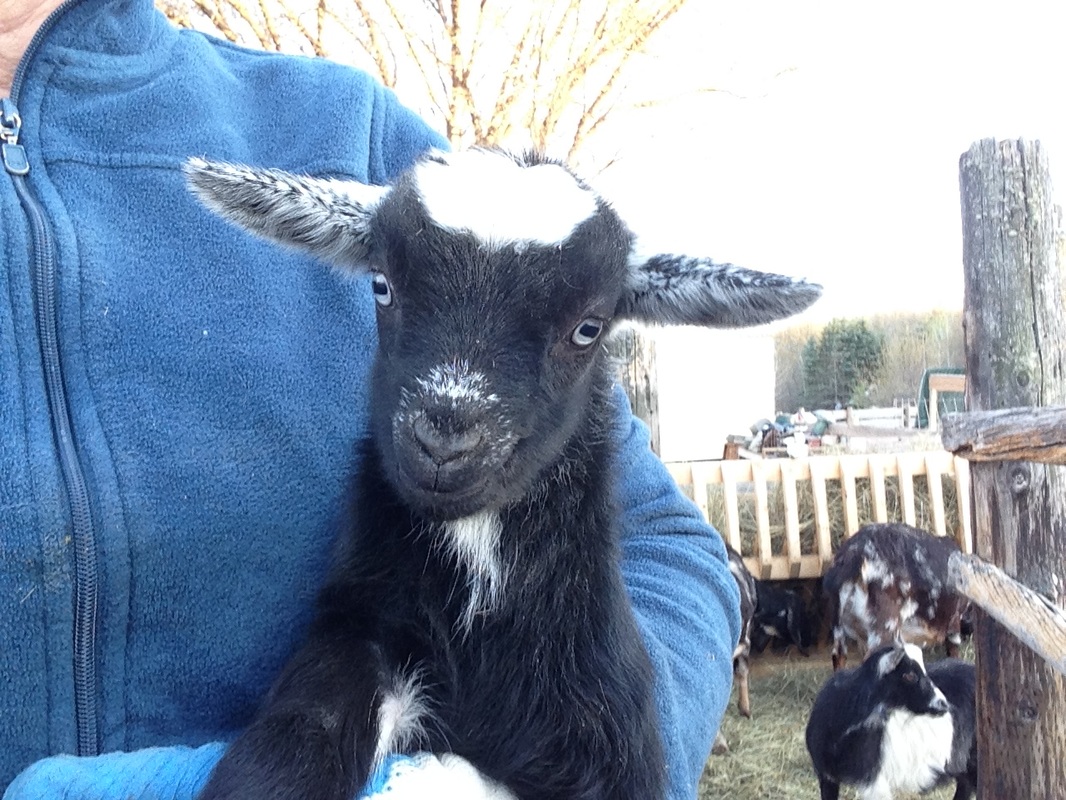
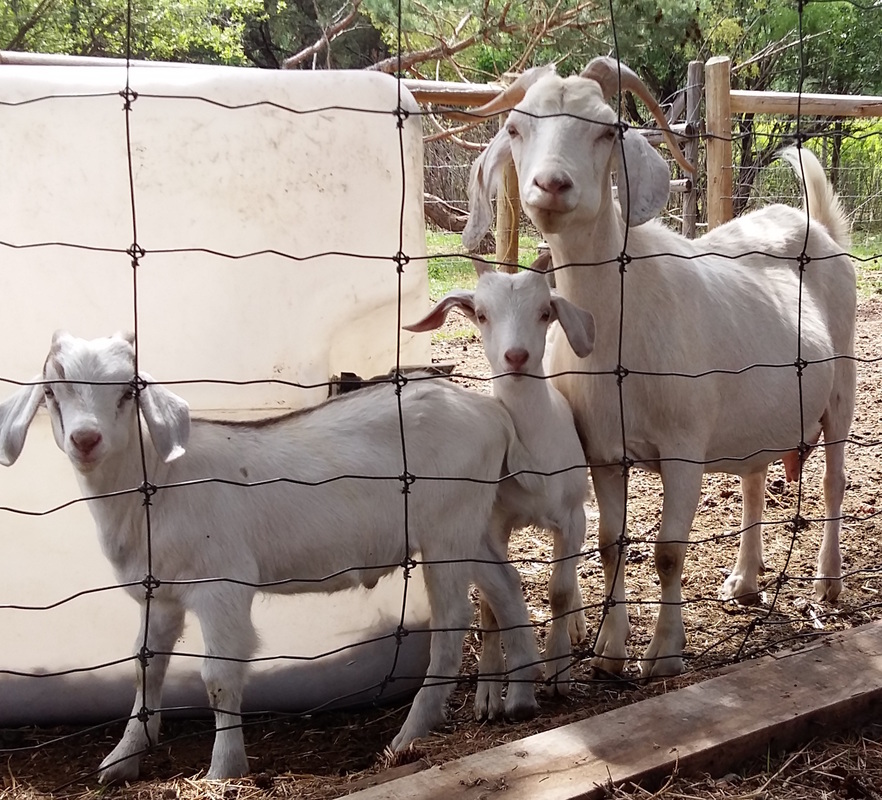

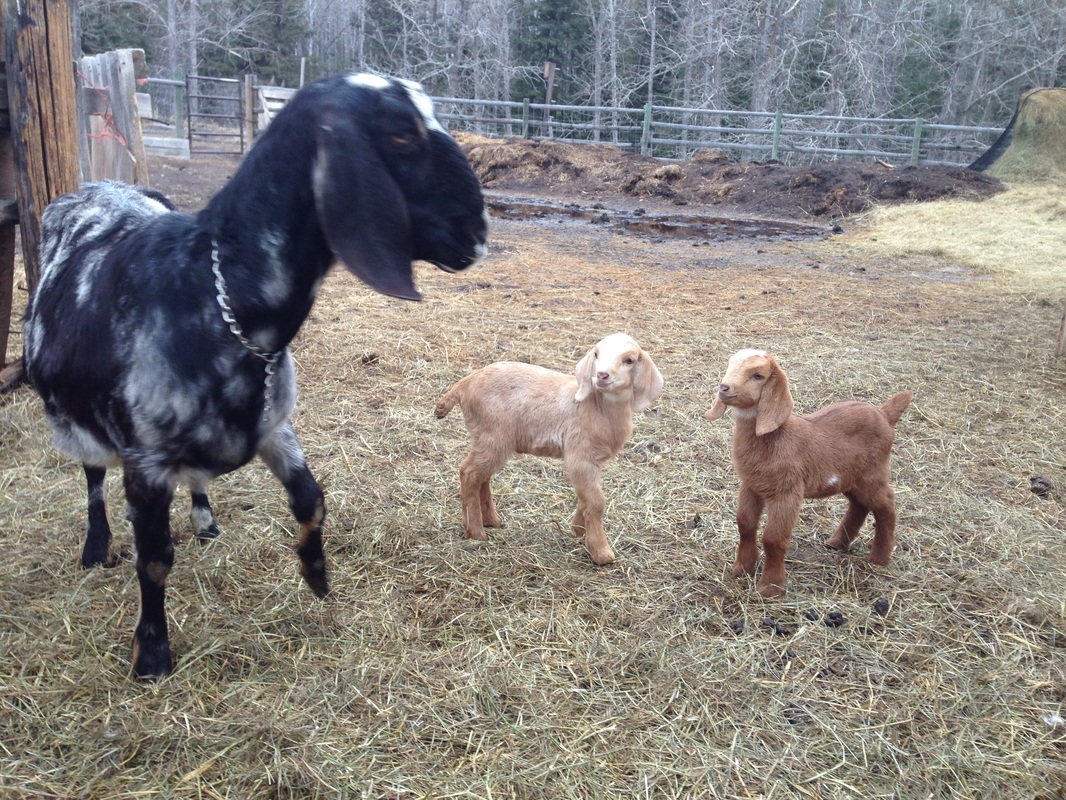


 RSS Feed
RSS Feed